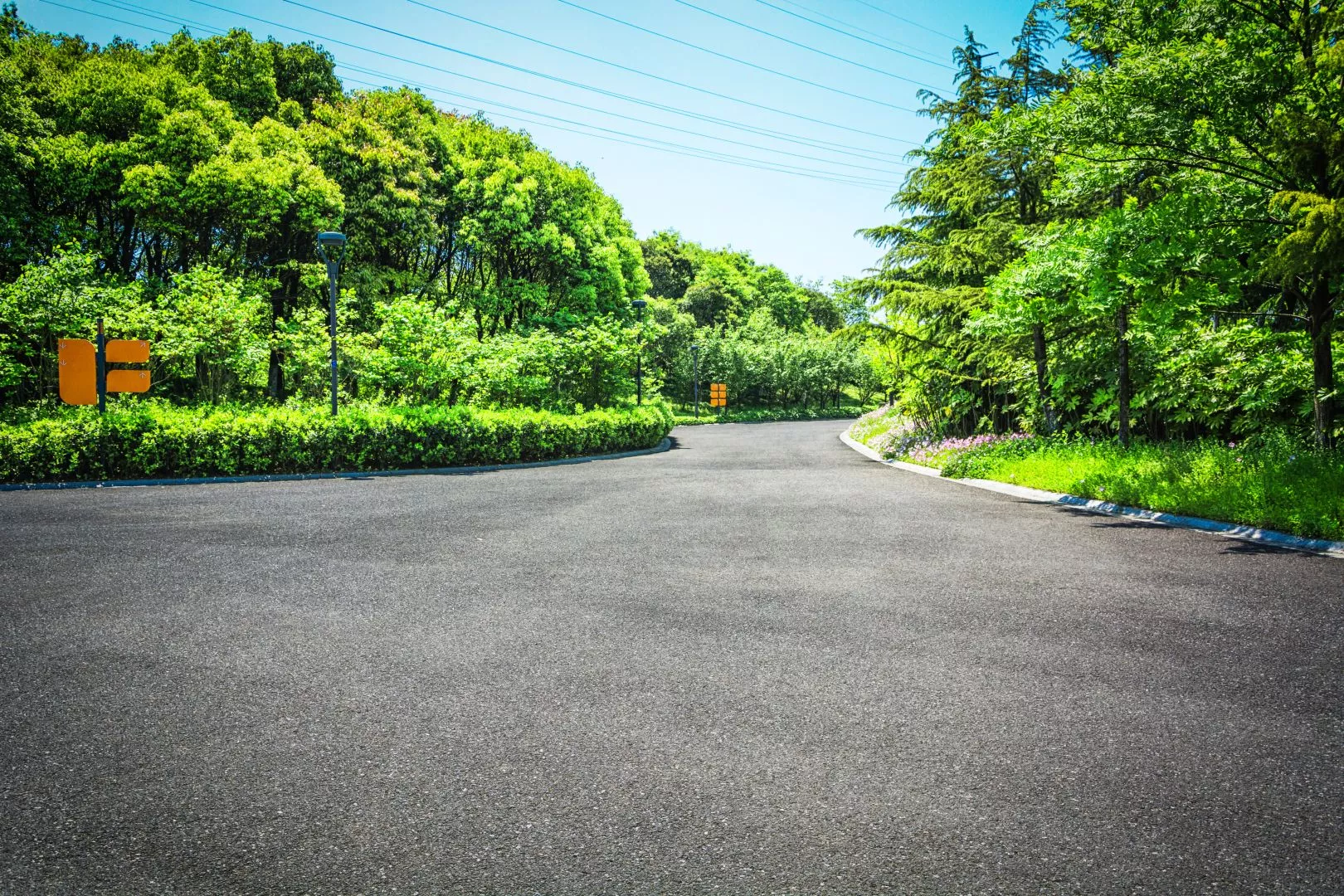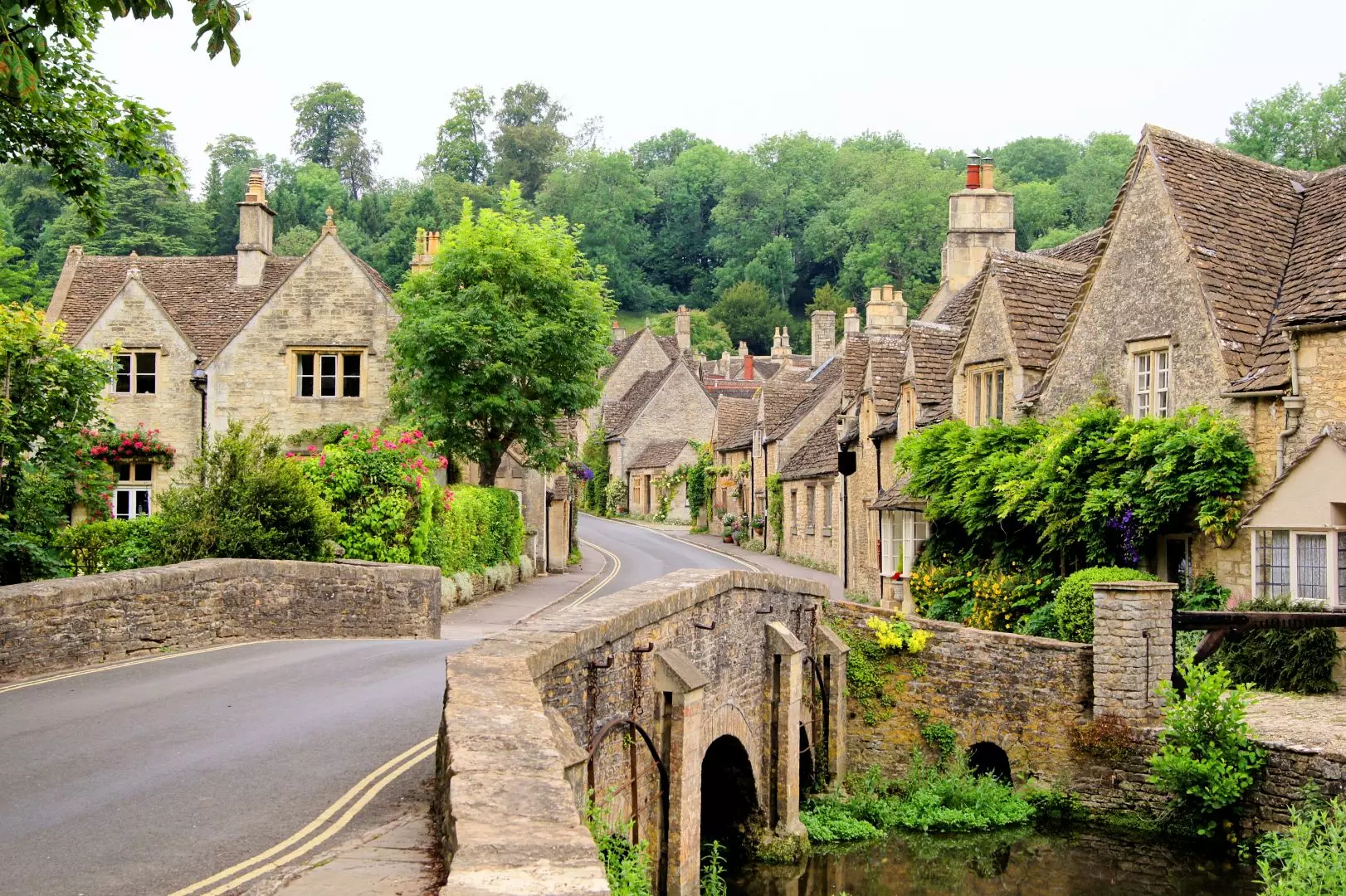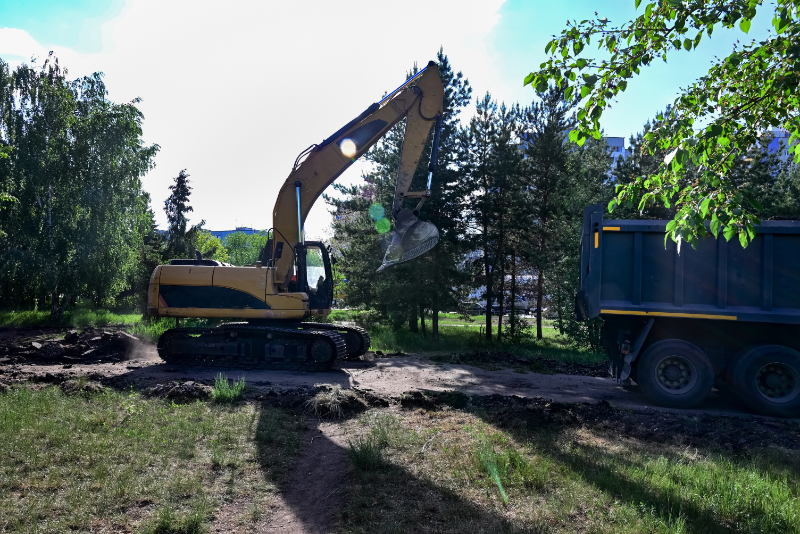Explore different types of landscaping projects, from garden design and hardscaping to lawn care and outdoor spaces. Find inspiration and tips to transform your outdoor space into a beautiful, functional area.
Garden Landscaping
Garden landscaping is one of the most common types of landscaping projects. When we talk about landscaping, the first image that pops into our minds is usually that of a beautiful, blooming garden. Whether you choose to spruce up an existing garden or opt to create a new one from scratch, the process involves much more than planting a few flowers. A well-planned garden landscape involves a careful selection of plants, trees and shrubs. They not only add to the aesthetic appeal of the area, but also provide shade, and privacy in your home space.
The choice of plants should consider factors such as climate, soil type and the amount of sunlight the space receives. Features like walkways, ponds, and a fire pit can also be included to add a touch of style and enhance the functionality of your garden. Landscaping a garden involves the use of space, management of soil type and grass, and ensuring adequate water supply for the plants. Irrigation systems and proper drainage are crucial in maintaining plant health.
Additionally, using mulch and compost can improve soil quality and reduce the need for frequent watering. Remember, the key is to create a space that brings life to the garden. It also needs to be a place where people can relax, experience nature and make the most of outdoor living. A well-designed garden not only beautifies your property but also increases its value.
Public Parks
Public parks are another prime example of landscaping projects. These wide-open spaces provide key recreational areas for people to unwind and enjoy the outdoors. When designing a park, landscape architects must consider a variety of factors.
The design should offer plenty of space for walking, jogging, playing and sitting. Green spaces filled with grass, trees, and flowers provide a pleasant view and help clean the air. Additionally, features such as playgrounds, sports areas, walkways, and benches should be included to cater to a range of activities.
A good park design also ensures safety and accessibility for all users, making it an inviting place for families, individuals, and the elderly alike.
It should be connected to the nearby urban areas, allowing residents easy access and providing a cheerful, serene spot amid the hustle and bustle of daily life.
Given the public nature of these spaces, constant maintenance is also crucial to maintain its beauty and usability. Public parks serve multiple roles in the community by enhancing social interaction and promoting physical health.
They provide a natural environment for passive recreation and active pursuits, like running and team sports. Parks also promote environmental sustainability. The use of native plants and eco-friendly designs helps conserve water and supports local wildlife.

Sustainable practices, such as recycling bins and solar lighting, can also be implemented to minimise the environmental footprint of these spaces. The aesthetic appeal of a well-designed park cannot be understated. Thoughtful placement of sculptures, water features, and thematic gardens can transform a simple green space into a unique cultural landmark. Collaborations with local artists and communities can further enrich the park's character, reflecting regional heritage and pride.
Landscape architects strive to create public parks that are not only beautiful but also functional and accessible for all. These parks enhance community well-being by offering a space for relaxation, exercise, and social interaction. All while promoting environmental sustainability. Maintenance and careful planning ensure that these green spaces remain inviting and beneficial for generations to come.
School Gardens and Grounds
School gardens and grounds are essential outdoor spaces that aid children’s holistic development and learning. A well-designed school grounds can serve multiple purposes. It can be a place for outdoor games, learning, and social gatherings. This multi-purpose space should be designed to be safe, accessible, and easy to maintain. Schools can opt for a variety of plants, trees, and shrubs to make the grounds attractive and educational. Building onto this, schools may even choose to create small vegetable gardens. This gives students an opportunity to learn about food production and healthy eating.
Vegetable gardens in schools can teach students the process of growing their food. This can instil an understanding of where their food comes from and promote healthy eating habits. Being involved in gardening can also be a fun and engaging way for students to develop teamwork and responsibility. Beyond gardening, school grounds can be designed with rich habitats that support local wildlife.
For example, bird feeders, bug hotels, and water features. By creating spaces that attract birds, insects, and other wildlife, students can observe and learn about various species and ecosystems. Outdoor spaces also provide an ideal backdrop for physical activities. Running tracks, playgrounds, and sports fields can encourage children to participate in regular exercise, which is crucial for their physical health and well-being.
Urban Design
Urban design is a special type of landscaping project that involves the creation and arrangement of large open spaces, neighbourhoods, and cities. This process requires consideration of various elements, such as traffic patterns, and sustainability.
Also, perhaps most importantly, the needs and preferences of the people who will use these areas. Urban landscaping can encompass a wide range of activities. It includes everything from the creation of public parks and gardens to the design of business compounds and housing.
Essential features like lighting, benches, walkways, and signage are all important to ensure the functionality and aesthetic appeal of these spaces. The success of urban design projects depends heavily on collaboration with other professionals.

Architects and civil engineers play crucial roles in developing a cohesive and functional space. Architects bring their expertise in designing buildings and structures, ensuring they fit well within the overall landscape. Civil engineers contribute their knowledge of infrastructure, such as roads, bridges, and water systems, to keep everything working smoothly.
Sustainability is another key aspect of urban design. Incorporating green spaces, using environmentally friendly materials, and considering energy-efficient solutions help create spaces that are not only beautiful but also beneficial to the environment. Ultimately, the goal of urban design is to create spaces that are both practical and enjoyable for people to live, work, and play in.
Housing Layout and Design
The final type of landscaping project to discuss is housing layout and design. This covers the design of individual houses as well as larger housing developments. In these projects, landscape architects work in collaboration with homeowners or developers to create gardens and common areas that are both functional and attractive. The aim is also to ensure the design is in harmony with the home’s architecture and the surrounding landscape. A crucial component of these projects is considering the privacy needs of the residents while still allowing for social interaction.
For instance, landscaping ideas may include designing individual gardens, creating common green spaces, and developing pathways that encourage neighbourly interaction. Low-maintenance plants are often preferred, as they keep the area looking good with minimal effort. One important trend in modern housing landscape design is the use of native plants. Native plants tend to be more resilient, require less water, and generally thrive without the need for excessive care.
This not only provides a more natural look but also supports local wildlife. Another trend is water-efficient landscaping. This involves using techniques and materials that reduce water usage. Sustainable materials also play a significant role in contemporary housing layout and design. Materials such as recycled concrete or sustainably sourced wood can be used to create walkways, patios, and other landscape features.
Finally, incorporating elements such as seating areas or community gardens can greatly enhance the usability and appeal of the space. These features provide places for residents to relax, socialise, and enjoy the outdoors. Housing layout and design projects aim to create spaces that are not only beautiful and functional but also sustainable. By following current trends and considering residents' needs, landscape architects can achieve successful and enjoyable living environments.
Are you looking for plant hire for landscaping and construction? DCB Plant Hire provides specialist equipment throughout Devon and Cornwall. We maintain all of our tools, ensuring that they are in excellent condition when you require them.

